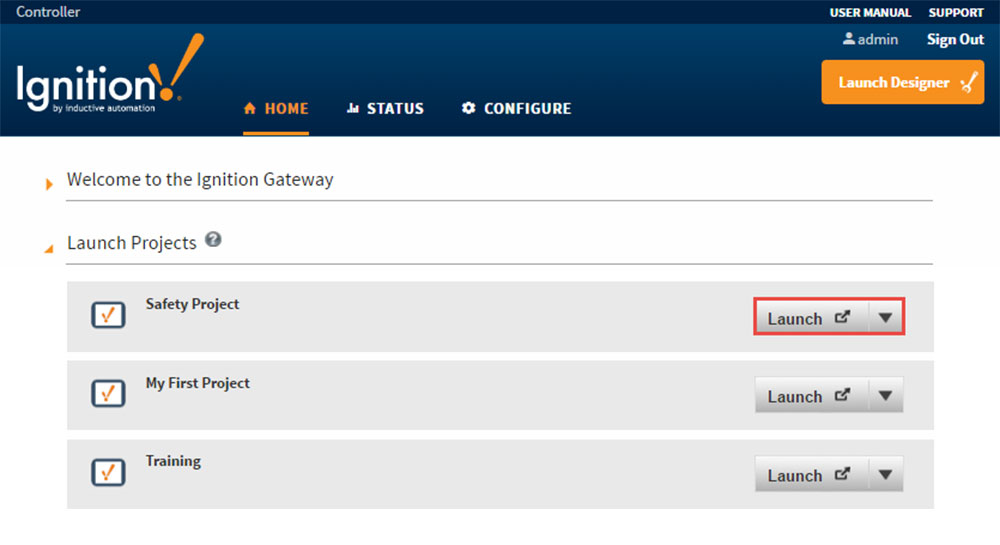

- #Java http client example how to#
- #Java http client example update#
- #Java http client example verification#
Whether to enable TLS hostname verification Whether the Pulsar client accepts untrusted TLS certificate from broker Whether to use TLS encryption on the connection Whether to use TCP no-delay flag on the connection to disable Nagle algorithm If you want multiple threads to process a single topic, you need to create a shared subscription and multiple consumers for this subscription. For a given consumer, the listener is always invoked from the same thread to ensure ordering. The listener thread pool is shared across all the consumers and readers using the "listener" model to get messages. The number of threads used for handling message listeners. The number of threads used for handling connections to brokers Set statsIntervalSeconds to 1 second at least. Stats is activated with positive statsInterval

To use the latest version, add the pulsar-client library to your build configuration. The latest version of the Pulsar Java client library is available via Maven Central.
#Java http client example how to#
For how to use the Java admin client, see Pulsar admin interface. This document focuses only on the client API for producing and consuming messages on Pulsar topics. In this case, you can use pulsar-client-all, which shades dependencies only one time and reduces the size of dependencies.
#Java http client example update#
It would be troublesome if you introduce new dependencies but forget to update shading rules. Consequently, the applications using both pulsar-client and pulsar-client-admin have redundant shaded classes. Include both pulsar-client and pulsar-client-adminīoth pulsar-client and pulsar-client-admin are shaded packages and they shade dependencies independently. Javadoc for the Pulsar client is divided into two domains by package as follows. The current Java client version is 2.10.1.Īll the methods in producer, consumer, readers and TableView of a Java client are thread-safe. Import can use a Pulsar Java client to create the Java producer, consumer, readers and TableView of messages and to perform administrative tasks. Using BodyHandlers.ofString(), below is an example of sync call that receives a response with the body as a string: If you read my previous article, Java 11 Standard HTTP Client VS Apache HttpClient, the BodyHandler built-in implementations allowing as to immediately parse the body of a response (As in majority case in sync calls). There are two ways of sending a request: either synchronously (blocking until the response is received) or asynchronously (non blocking).įor synchronous mode, we need invoke the send() method on the HTTP client, passing the request instance and a BodyHandler. Whether or not the HttpResponse is made available before the response body has been completely received depends on the BodyHandler provided when sending the HttpRequest. An HttpResponse is made available when the response status code and headers have been received, and typically after the response body has also been completely received. The HttpClient class ()Īn HttpResponse is not created directly, but rather returned as a result of sending an HttpRequest. The following are the types in the API: Classes

The new APIs provide high-level client interfaces to HTTP (versions 1.1 and 2) and low-level client interfaces to WebSocket. The module name and the package name of the standard API is. The HTTP Client API is now part of the Java SE 11 standard.


 0 kommentar(er)
0 kommentar(er)
